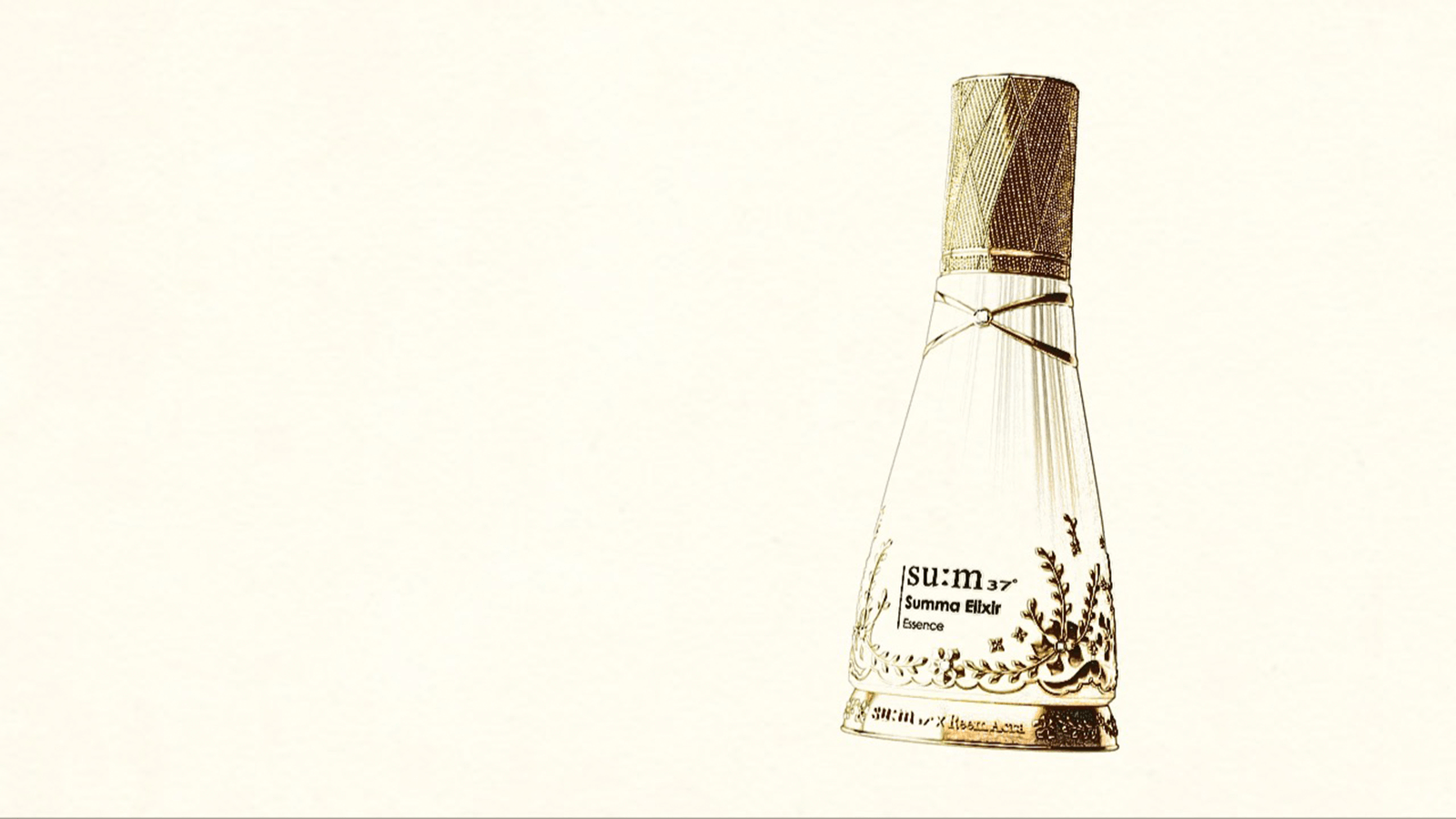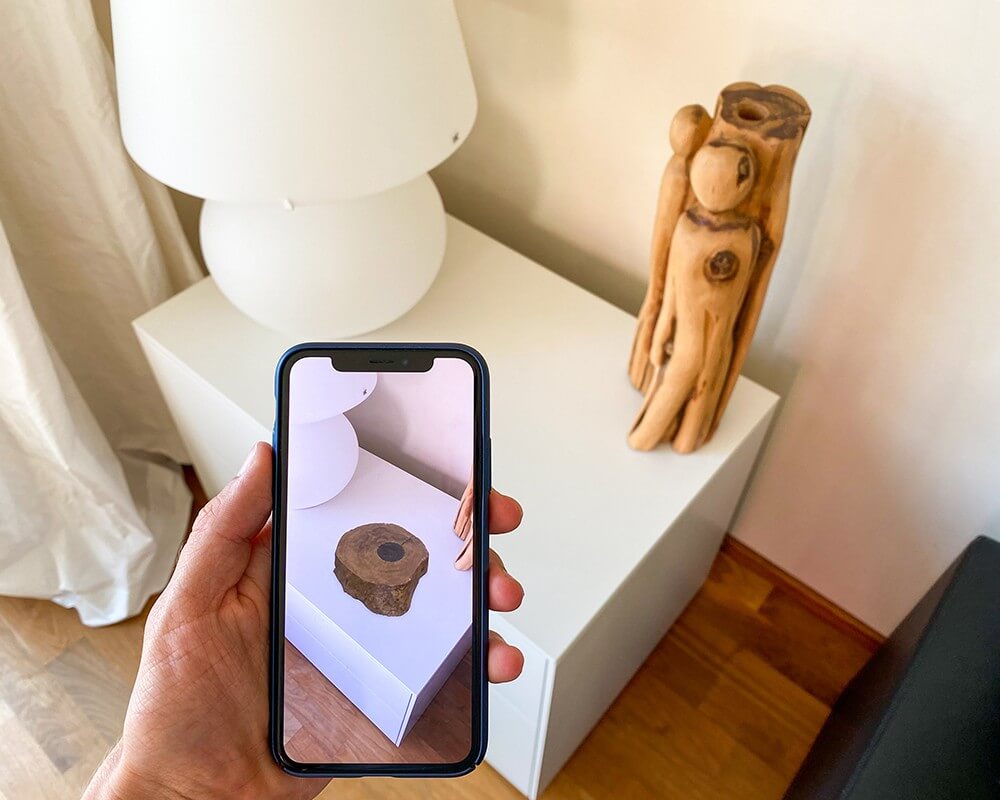As a brand, how effective is your storytelling in this digital age? Is it enough effective to capture the minuscule attention of your target audience? As a 3D creative studio, we often hear from brands about their struggles in crafting gripping stories to attract prospective buyers. Digitalization has brought down the attention span of consumers for sure, but it also has brought equally amazing technologies that are stunningly effective. One such technology known for its art of storytelling is augmented reality (AR).
Before exploring all about augmented reality in marketing, take a look at its relevance in customer attraction and acquisition:
Even though AR seems like a high-end technology, far away from the consumer spectrum, facts say the opposite.
- According to a study by Johnson, 47% of the consumers acknowledged that immersive technology like AR and VR make them ‘feel more connected to the products’.
- Currently, there are more than 1 billion mobile AR users worldwide.
- Marketers have observed 40% higher conversion rates through AR features.
- More than 70% of the global consumers are aware of Augmented reality.
Augmented reality is soon going to be an essential feature in online shopping and indefinitely a part of real lives. In short, AR is going to be the next creative solution for marketers.
Want to know how to use Virtual Spaces for your Brand Marketing? Download our FREE expert-curated guide below.
Download the Guide
In this blog, you can learn how to use AR for storytelling as follows:
Challenges of Marketing in the 21st Century
Over-saturated Competition
One of the biggest challenges in today’s marketing landscape is the cut-throat competition. There are many brands offering the same products with slight variations. As a result, consumers can now shop from a wide range of products, but this presents a big challenge for brands. Companies have to constantly brainstorm to capture the thinning attention of prospective buyers. Besides, they have to keep up with the changing consumer and marketing trends.
Global Expansion
One of the key characteristics of 21st-century businesses is their ability to expand to new markets across the world. With the exception of the grand entry, many brands are struggling to keep up with the new markets and their trends. They are failing to tailor-made the marketing efforts to the local markets all at the same time due to time and resource constraints. Even though a product boasts great features, it is unable to withstand local competition and penetrate the market.
Connecting with Consumers
Despite the extensive product choices and communication channel development, consumers are detached from brands more than ever. Brands are finding it harder to achieve the first step in connecting with the consumers- grabbing their attention. Companies and labels have to make it into the consumer’s attention within a narrow span of 7 seconds. Even after grabbing their attention, to sustain it, brands have to establish an emotional connection with them. With the dynamic consumer preferences and tastes, establishing such a bond is very tricky and effort-consuming.
Post Pandemic Trends
Besides the health crisis, the Covid-19 pandemic has changed the ways consumers perceive, shop, and consumer a product. Due to the social distancing rules, the physicality feature lost its importance, with virtuality replacing it instead. Online shopping, virtual launches, events, and an entirely new world called metaverse are becoming the norms in the spheres of e-commerce and consumption. The toughest challenge in the post-pandemic era is to align the new consumption behaviors, technological developments, and brand values.

AR Advertising in Virtual spaces is a great and efficient solution to mounting challenges in 21st-century marketing.
Overcome 21st-century marketing challenges by advertising in Virtual spaces. Download our FREE guide to get started!
Download the Guide
Augmented Reality in Marketing
AR has been around for a long time but only after the explosion of Pokemon Go did it receive its rightful attention and glory. Augmented reality is one of the advanced 3D technologies due to which the boundaries between the real and virtual world began to blur. This happens by introducing virtual elements and overlapping them in the real world. As a result, the user’s perception of the actual world changes with the AR elements added to it. Since its development, augmented reality has been used in diverse industries like medicine, education, and manufacturing but its creative use mostly happens in marketing and branding.
The real world is enhanced by AR with the addition of audio, visual, and other sensory stimuli to the real world. In the case of augmented reality in marketing, marketers can usually introduce virtual versions of their products into their consumer spaces. Also, they can turn a simple space into their brand’s showroom with fun activities embedded into them. It saves the consumers from the time-consuming long manuals by easily explaining the functionality and features of the offerings.
As a result, they turn simple interactions with brands into interactive and interesting experiences for the consumers.
Importance of Storytelling in the Digital Age
Experience Economy
From fulfilling basic needs to personalizing your own product, consumption has been through many changes over time. One such latest evolution of consumption is the development of the experience economy. A popular term, experience economy reflects the importance of consumer experiences, especially in the fields of e-commerce and marketing. In today’s world, brands no more offer products or services. Instead, they offer experiences packed as memorable events with their offerings as props.
More and more consumers look for such experiences, thereby brands and businesses are extensively working on creating immersive experiences. The essential ingredient in creating such experiences is having a compelling tailor-made story connecting every brand and consumer value. A story that resonates with the buyer creates a memorable impression of the brand, dedicating their loyalty.
Emotional Bonding
According to a customer-experience agency, loyal customers are a big asset to the brands. They are more likely to repurchase 5 times more from the same brand, 4 times more likely to refer to their peers and family, and 7 times more likely to try new product offerings. This makes clear the enormous advantage of creating a loyal consumer base for your brand. To create loyal consumers, your brand should psychologically connect with them.
As a matter-of-fact, storytelling is the best way to build such precious emotional bonds with your loyal buyers.
Clear Communication
Brand storytelling paves way for the clear flow of communication between customers and creators. Even the most complex concept of a product can be easily conveyed, especially through visual storytelling. This helps your brand to stand out from the crowd, as the consumer will have all the information due to the story’s explicit presentation.
Ownership and Resonance
Consumers are more likely to buy from your brand if they feel a sense of ownership over your products. The best way to achieve this is to weave them into your brand story. When they become a part of your brand, simultaneously they feel a part of the offerings. They can see themselves using your products and services, thereby resulting in the formation of a resonant bond.

Our AR concept proposal for the Gucci Garden exhibition in Seoul, South Korea.
Disclaimer: All these visuals are a part of our ideas and concept for Gucci and are not a part of the actual Gucci Garden exhibition.
Art of Storytelling through AR
Retelling Stories
Imagine your brand holding an offline promotional event and your customers have to wait a bit longer to participate. What do you think would happen as they wait? Probably they get tired of waiting or scrolling through their social media. What if we say, you can utilize your consumers’ waiting time and turn it into a time of engagement and fun. As a creative studio, we always look and do things creatively, so much that we crafted a creative way to turn the waiting time into the brand’s time.
The luxury brand, Gucci held its ‘Gucci Garden’ exhibition here in Seoul and we proposed an AR marketing strategy that is technologically innovative, and cost-effective with a high chance of exposure. While Gucci’s loyal consumers wait for the exhibition, they can capture the ‘three beasts’ that have escaped from the Gucci Garden. Once they scan the QR code, they can find the beasts through AR in specific locations. The content is augmented in such a way that whenever a customer is in a certain location, the AR content gets triggered. This AR content, in our case, is finding the three beasts.
Connecting Cultures
As aforementioned, connecting with global consumers is one of the biggest obstacles for marketers. This is because of the diversity in the demographics, cultures, and psychological elements. To cater to this diversity, brands can include augmented reality in their marketing. As AR filters and campaigns are created online, brands can easily include cultural and other elements into them. Besides, they can create their own brand stories around the cultural stores of centuries, pulling the audience closer.
In the aforementioned Gucci Garden AR concept, the three beasts to be searched hold strong meanings in Korean history and culture. The introduction of such elements into a brand’s storytelling through AR helps consumers view the brand and its products through a cultural lens. They are able to relate more to the brand owing due to the immense familiarity with their own culture and history. Consequently, consumers of a specific geographical location, remember your brand if you offer culture-painted brand experiences.
AR-led Tours
With E-commerce development, products from your store were brought to your buyer’s screen. With augmented reality, you know can bring the entire store experience to your customer’s place. The AR-led store tour can be implemented as follows: An AR filter is created based on your store and when the user scans it, various products are displayed in the space with which they can interact. From their own spaces, your consumers feel as if they are in your brick-and-mortar store.

The use of AR as an art of storytelling has been proved very effective in capturing audiences’ attention and improving their imagination and experience of the brand.
Lead into the uncharted territory with VSLB
Unlike brands of yesterday, today’s brands have to constantly rack their minds to polish their product offerings, to create experiences with new technology. Brands are constantly experimenting, especially with the sheer entry of metaverse into the marketing scenario. In this unexplored world, there are a lot of possibilities and opportunities for brands to convey their stories.
To succeed in this new era of digital spaces, all your brand need is a 3D creative studio like us. We, at VSLB, sculpt virtual spaces out of nothing and weave beautiful stories by bringing in cultural elements and product features. All you need is to contact us right away and we’ll be in contact with an amazing storytelling concept customized for your brand.

